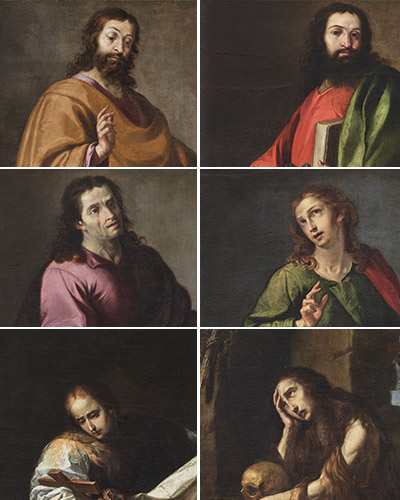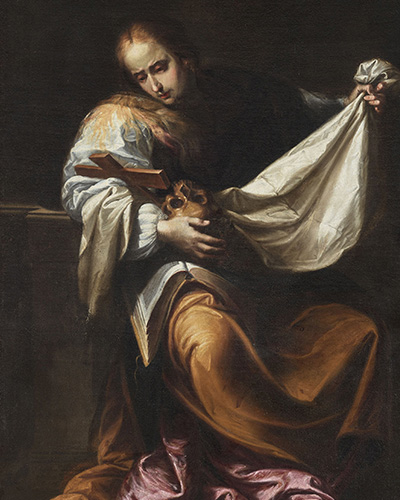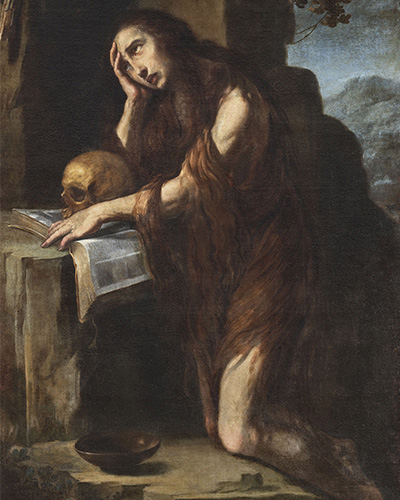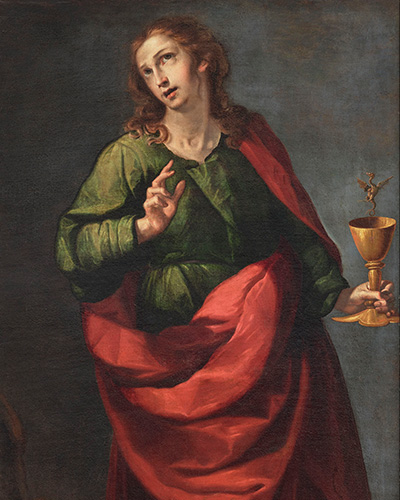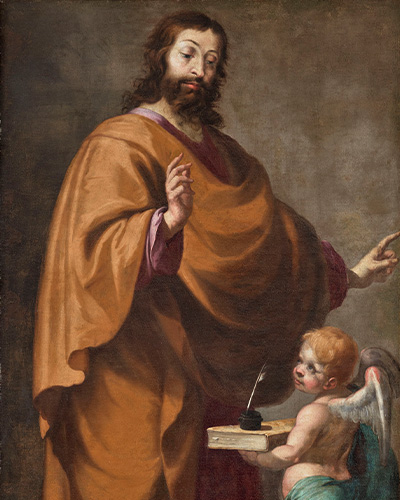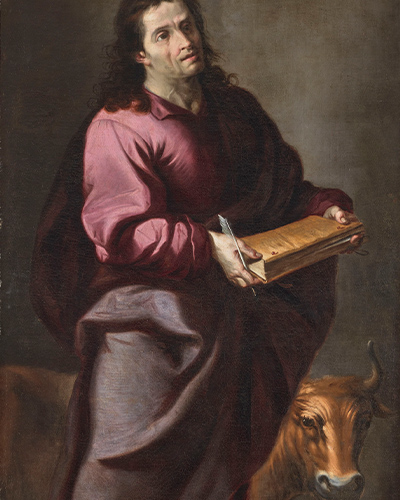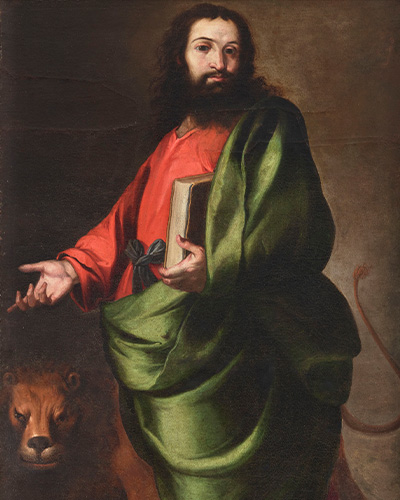Presumably a native of Seville, where he was born around 1605 - the approximate year deduced from his first marriage in 1631 - he was, according to Ceán Bermúdez, a disciple of Francisco Herrera el Viejo, from whom he was able to learn an elegant command of drawing.
Although his first signed work does not appear until 1657, he was active in Seville from the 1630s with a workshop which, according to the number of apprentices recorded in the archives, must have been particularly prolific, which would explain the uneven quality of his work detected by his best connoisseur, Enrique Valdivieso. Judging by his appearance as a master examiner from 1651, he must have been well regarded within the guild and was linked from the outset to the Academy of Painting founded by Bartolomé Esteban Murillo in 1659, an institution he presided over on two occasions in the 1660s.
According to his will, he died in poverty in 1677, which contrasts with the fairly affluent existence that, according to other documents, he had and during which, according to Valdivieso, he was able to develop his own style without having to subordinate himself to the dominant figures of Zurbarán, Murillo or Valdés Leal.

